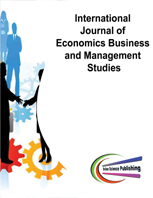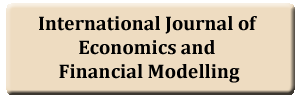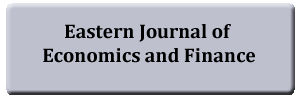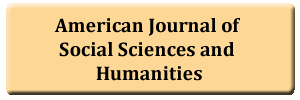E-Marketing Products and Financial Inclusion in Nigeria
DOI:
https://doi.org/10.20448/802.3.1.47.54Keywords:
Marketing, E-marketing, Product, Finance, Financial inclusion, Nigeria.Abstract
Financial inclusion have been identified by both developed and developing economies as one major means of boosting economic development. Majorly it has been seen as one means of acquiring and distributing capital. Yet, part of this capital in Nigeria has been seen to lie in the hands of the rural poor who as a consequence could not also access capital from the formal financial sector of the economy. They have seen no need to patronize the formal financial service providers. This has kept this portion of the Nigerian population financially excluded. Therefore, this paper explored the nature and trend of financial services in Nigeria; identified the benefits of financial inclusion in Nigeria; and enumerated the challenges to financial inclusion in Nigeria to include illiteracy and lack of awareness, Bank crisis, inflation and political instability. It further explored the roles of e-marketing in surmounting these challenges. It discovered that e-marketing products are yet to be fully appreciated in Nigeria, but when it is appreciated, it will to a very large extent encourage financial inclusion in Nigeria. It is on that note that recommendations were made.




